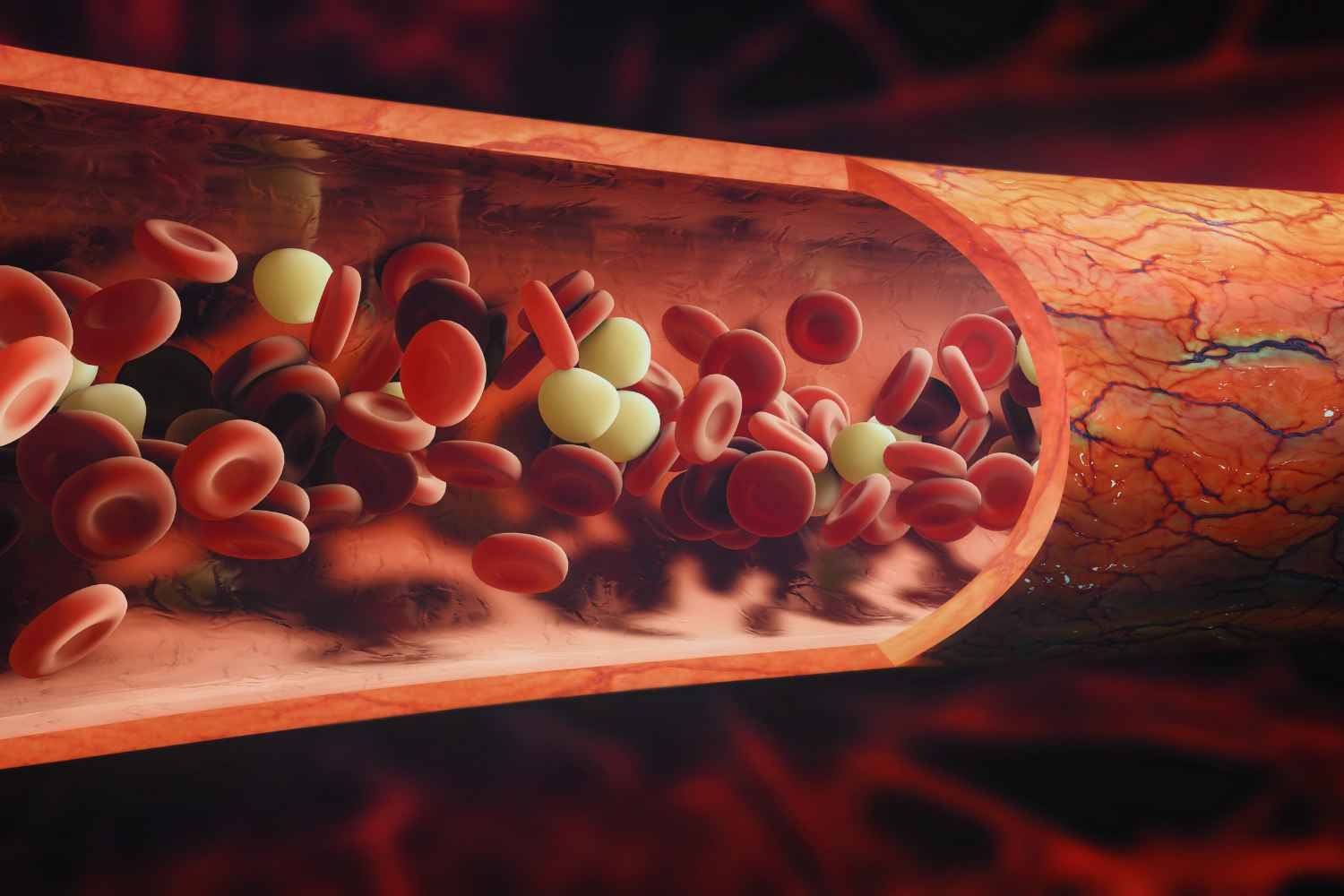A recent study has uncovered a new mechanism for red blood cell production that could change the way severe anemia is treated. Researchers have long known that the hormone erythropoietin (EPO) stimulates the proliferation of immature red blood cells (erythroblasts) to restore the red blood cell count following anemia. However, how more primitive “hematopoietic stem cells,” which produce all blood cell types, respond to acute anemia has remained unclear. Interestingly, these stem cells lack receptors for EPO, raising questions about how they assist in red blood cell recovery.
To explore this, scientists conducted experiments by inducing acute anemia in mice using phenylhydrazine, a drug that destroys red blood cells, and by blood extraction. They analyzed how hematopoietic stem cells in the bone marrow responded to these conditions, discovering that Red Blood Cell Recovery was immediately initiated as the cells began to proliferate and produce more red blood cells than other cell types in anemic mice—a response not observed in healthy mice.
Lipid Metabolism’s Crucial Role
The researchers found that lipid metabolism plays a key role in the behavior of hematopoietic stem cells during anemia recovery. Since these stem cells do not respond to erythropoietin, the team performed a genetic analysis and discovered that genes related to lipid metabolism were activated shortly after anemia began. This led to the enhanced function of the very low-density lipoprotein receptor (VLDLR), a protein that regulates lipid transport and metabolism.
The study revealed two distinct types of hematopoietic stem cells based on their expression of VLDLR: VLDLRhigh and VLDLRlow stem cells. The VLDLRhigh cells were found to be more likely to produce red blood cells. When analyzing the bone marrow of anemic mice, researchers found that VLDL levels decreased while apolipoprotein E (ApoE), a component of VLDL, increased. In mice lacking ApoE, hematopoietic stem cells were less responsive to anemia and did not produce the expected increase in red blood cells. Further analysis showed that ApoE’s interaction with VLDLRhigh stem cells weakened the Erg gene, a key gene that helps maintain the stem cells’ ability and prevents their differentiation into other cell types.
Potential New Treatments for Anemia
This study suggests that ApoE plays a critical role in triggering hematopoietic stem cells to prioritize red blood cell production. Administering synthetic ApoE or suppressing Erg activity in healthy mice led to a similar increase in red blood cell production, providing evidence that this pathway could be targeted for new anemia treatments.
These findings could pave the way for innovative therapeutic approaches for patients suffering from anemia who are unresponsive to current treatments like erythropoietin, iron supplements, or blood transfusions. The study highlights an alternative mechanism of red blood cell recovery that could be leveraged to improve treatment options for severe anemia, potentially reducing the reliance on conventional therapies that sometimes cause harmful side effects like iron buildup in the body.







